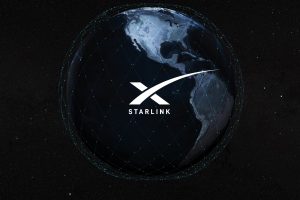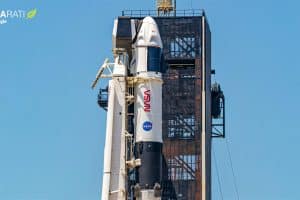Eleven months after SpaceX submitted several applications, the FCC has given the company permission to connect moving vehicles to its constellation of Starlink internet satellites.
The license means that all United States Starlink users will now be able to legally receive internet service from their Starlink user terminals (dishes) while in motion on any land, sea, or air-based vehicle. For the many consumer and enterprise customers already experimenting with mobile Starlink service or at least using SpaceX’s new RV roaming service, the ability to use Starlink in motion should add even more potential use-cases and benefits and generally expand the service’s viability and competitiveness
Because Starlink’s performance – even when struggling – beats virtually all other satellite internet providers, the addition of in-motion use removes one of very few remaining reasons to continue using other service providers. While that applies more to enterprise and commercial users than individuals, it still means that other satcom providers will have even fewer legs to stand on as they attempt to defend against competition from Starlink.
Major prospective customers that are likely to take advantage of this FCC ruling include airlines and cruise providers, as well as individual Americans who want to improve internet connectivity aboard private aircraft, boats, recreation vehicles, and more. In fact, SpaceX has already signed agreements with flight charter provider JSX and Hawaiian Airlines, as well as cruise provider Royal Caribbean, which has already begun testing the service on at least one active cruise ship.
For flights, cruises, and all other vehicles traveling outside the range of SpaceX’s growing selection of ground stations, Starlink V1.5 satellites will need to create their own space-based network with onboard laser links, allowing communications to be routed through other satellites to ground stations – and thus the rest of the internet – located hundreds or even thousands of miles away. The FCC will have to improve a yet another license application before SpaceX can flip that particular switch.
SpaceX currently has more than 2400 working Starlink satellites in orbit, almost 2000 of which are likely operational and serving around half a million existing customers. 919 of those satellites are new V1.5 variants with laser links, and around 400 of those V1.5 satellites are still making their way to operational orbits.
The same FCC decision also authorized Kepler Communications to begin connecting moving vehicles to its much smaller satellite constellation.





